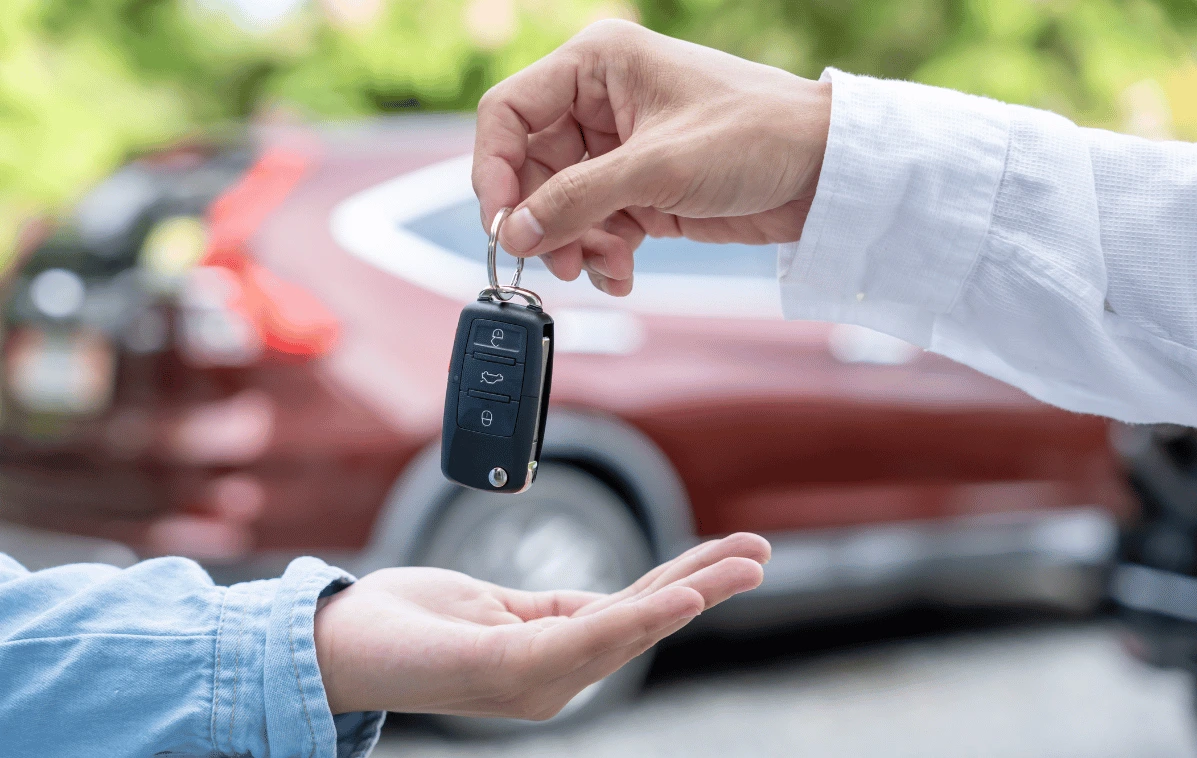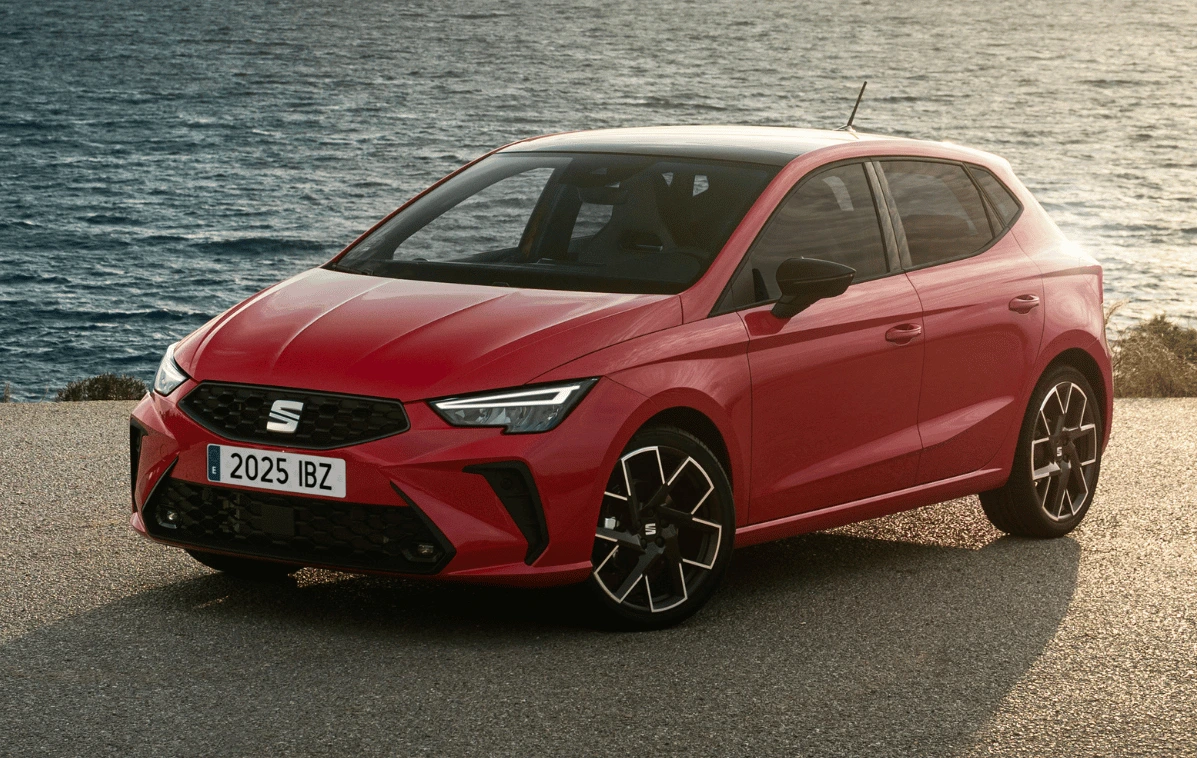Intro
The Honda e was originally introduced back in 2017 as a concept car and at the time, it caught the attention and imagination of the automotive press and the public. It was generally understood that there was no way the actual production car could look like it, however in 2019 Honda revealed it and it looked very close to the concept car - much to everyone's amazement.
The Honda e is a small electric car, and is best suited for urban use. The Honda e is only available in one trim level, Advance which comes with a 35.5kWh battery pack and costs £37,395. This comes with three stage front heated seats, automatic parking system, heated steering wheel, sunroof, keyless entry and start, wireless Apple CarPlay, four USB-A ports, 1500W 230V outlet and much more. The Honda e supports the Honda+ app, but on our press loan, this function was unavailable.
The length of 2,530mm which is similar to the latest Volkswagen Polo, which we recently reviewed which has a length of 2,549mm.
Design
The Honda e is an incredibly eye catching car, nearly four years on the car is still very attention grabbing. Everywhere that I drove the car during the week I had it, it grabbed a lot of attention. Being a small little city car, it is very compact. Around front, there are the iconic round headlights, which animate when you unlock and lock the car.
The Honda e comes with 17-inch alloy wheels, which look like gas burner hobs but they really suit the car. Before the Honda e came with similarly designed 16-inch alloy wheels.
The charging port has a unique design, located on the bonnet with a button on the key to open the port electronically.
Driving
The Honda e is primarily a city car but it works really well on the open road, but in the city it comes alive. The tight turning circle and small proportions help the Honda e work really well in city spaces. The car also has a self parking feature called Honda Park Pilot which makes parallel parking easier.
Driving the car over less than ideal surfaces, you can really tell the amount of work Honda has put into it. The suspension is very sophisticated and absorbs a lot of the imperfections of roads we get here in the UK. Road noise is pretty non existent and it is a very quiet place to be when travelling.
The Honda e has around 150bhp and throwing it around some b roads reveals a hint of hot hatch handling - it can be very fun to drive sometimes.
Range and Charging
The Honda e is a fantastic little car and while many might view the range as limiting, don't let it put you off. In 2023, there is a decent amount of public fast chargers available in the UK and while there might be a few that are out of order, this shouldn't be a limiting factor.
However, as I mentioned in the main review video, I did do a 200 mile round trip and this did add 2 hours to the total journey, with four separate charging sessions needed to be done. However, the Honda e isn't really suited to doing long motorway stints.
In terms of charging, the Honda e supports Type 2 and CCS2 and the DC fast charging supports 50kW and AC at 6.6kW. On 50kW chargers the Honda E can charge from 0-80% in just 31 minutes and on 6.6kW AC chargers, it takes around four hours. On a standard 3 pin socket, with the included adaptor it can take around eighteen hours. Due to the relatively small battery pack, the 50kW charging speeds didn't cause a huge issue while most electric cars now support 100kW or more.
I did have some issues using Instavolt chargers, which is a known issue with the Honda e where the pins don't quite lock in properly. This can cause some issues where the car might throw up an electrical fault and then refuse to charge on DC and requires a long AC charge in order for it to clear. However, when using chargers from Gridserve, BP Pulse and Geniepoint, I had no such issues.
Other people with the Honda e have reported that using Tesla Superchargers can also throw up the same error (Tesla is now starting to open up its network to non-Tesla vehicles).
Interior and Infotainment
Inside, the Honda e has a calm and serene design with grey seats, making it feel light without feeling drab as it could have easily been. The Honda e interior is really modern too, with large dual screens with support for a whole host of things, including wireless Apple CarPlay, Honda App Store, DAB radio, Aquarium and much more. The Honda e also has a HDMI in port, which you can use to plug an Apple TV into, games console or anything else. You also get a 230V 3-pin socket, capable of 1500W.
There is seating for four, with a bench seat that folds down flat. The boot itself is 171 litres with the seats folded up and then 861 litres with the seats folded down, if you count up to the roof.
If you sit in the back of the Honda e, there isn't a huge amount of headroom for anyone over 5.6ft but there are two ISOFIX mounting ports.
Conclusion
Overall, the Honda e for some people would make sense. As mentioned in the video review, it would be ideal as a secondary car and used for run around jobs, such as taking kids to school, shopping and more. However, I feel the Honda e is a bit under appreciated and a lot of the complaints about it always circle back to its range, which isn't ideal.
But like a lot of Honda cars, it is built incredibly well and the Honda e is very unique in its design and execution.
Verdict
Good
- Iconic, timeless design
- Buckets of tech and options included as standard
- Impressive turning circle
- Ride is soft and suspension absorbs pretty much all imperfections
- Typical good Honda build quality
Bad
- Lacklustre range (when compared to other EVs)
- Very expensive, especially when compared to rivals
- Slower than usual 50kW charging speed
- Poor rear leg room
- Small boot space
Rating - 3.9/5










